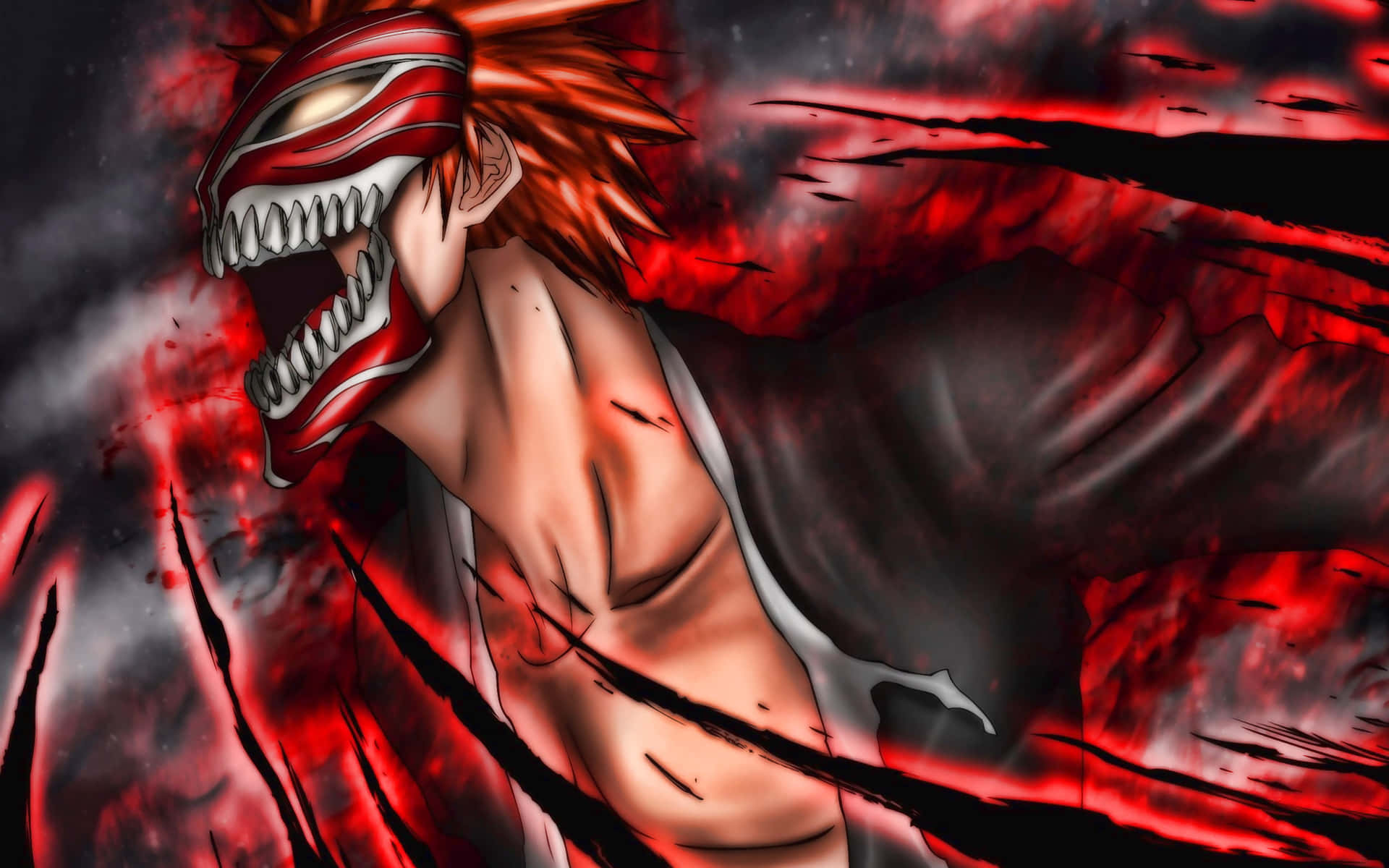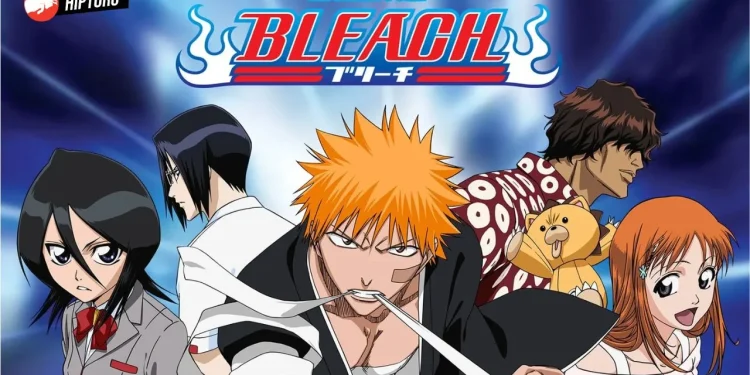Bleach, the iconic series that once reigned supreme in the anime kingdom, shared the Big Three crown with behemoths like One Piece and Naruto. But in 2012, fans watched in dismay as the beloved show vanished from their screens. This unexpected departure left many questions unanswered, fueling rumors and speculation about its cancellation. As we dive deeper, the true story behind Bleach’s sudden hiatus unfolds, revealing the intricate tapestry of challenges that led to its premature farewell.
The Hiatus That Spiraled Into Cancellation

The anime community often buzzes with debates and theories, especially when it comes to the fate of their favorite shows. The end of Bleach’s original run sparked a similar conversation, leaving fans to wonder if it was truly the end or merely a pause. Despite the whispers of cancellation due to dwindling sales and ratings, the truth was that a hiatus was meant to be a temporary solution that unfortunately turned permanent.
The Pitfall of Pacing and Fillers
The heart of the issue lay in the pace at which the Bleach anime was catching up to Tite Kubo’s manga. The animation studio, Studio Pierrot, faced a conundrum as the anime threatened to outpace the source material. Their answer was to create filler episodes—narratives not present in the manga—to give the manga time to advance.
Senjumaru Shutara's Bankai defeats all Quincies!
Bleach: TYBW Episode 26 (Eng Dub) pic.twitter.com/gYyC0tEIeq— ゲタ帽子🇳🇱 (@Geta_Boshi_) November 4, 2023
However, this approach was a double-edged sword. The fillers, comprising over 45 percent of the show’s episodes, began to erode the audience’s interest as they strayed from the main storyline.
The Decline in Viewer Engagement
The inclusion of these filler episodes, while necessary from a production standpoint, inadvertently led to a steady decline in the series’ viewership. Fans found it challenging to stay engaged with the constant deviations from the central plot. This waning interest was reflected in the reception of the Lost Agent Arc, which couldn’t recapture the enthusiasm sparked by the previous Arrancar Saga.
The Financial Repercussions

As the anime took a backseat, waiting for the manga to pull ahead, BluRay sales suffered. The once-dedicated audience began to drift away, and the financial implications became clear. The show, which had never officially been canceled, slowly faded out of existence.
The Bleach Phenomenon: Beyond Television
Despite the end of the anime’s broadcast, the Bleach phenomenon didn’t wane. The manga continued its weekly release, and the fervor for Tite Kubo’s creation lived on through various Bleach-related media. The community’s unwavering support and the manga’s compelling storytelling ensured that the spirit of Bleach stayed alive and well.
The Resurrection of an Anime Legend
Rumors of Bleach’s return simmered on the back burner for years until the announcement of the final arc’s adaptation set the anime world ablaze. The reaction from the fans was electric, a testament to the enduring legacy of Kubo’s work.
It was clear that even in absence, Bleach had never truly relinquished its spot in the Big Three.
The tale of Bleach serves as a reminder of the unpredictable nature of anime series’ lifespans and the power of a dedicated fanbase. As the anime industry evolves and new titles emerge, the saga of Bleach will be remembered as a narrative of resilience, fandom, and the enduring allure of a well-spun story.










